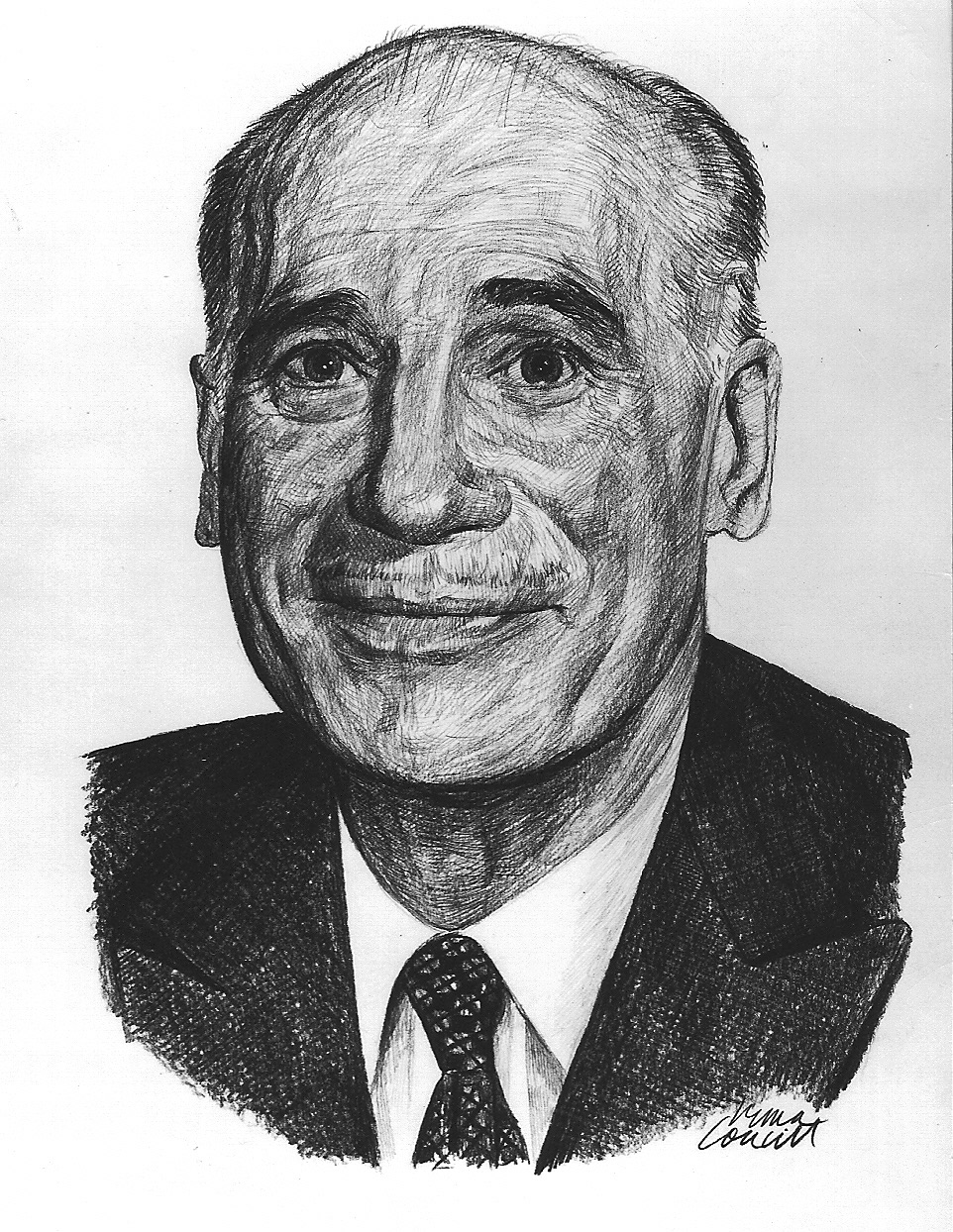Jack Moar

Birth Date: August 13, 1905
Birth Place: Maniwaki, Quebec
Death Date: April 26, 1977
Year Inducted: 1974
His contributions as an airman in converting wilderness areas into habitable communities, and his pioneering night airmail flights to improve the nation's communications system, despite adversity, have been of outstanding benefit to Canadian aviation
An Engineer and Pilot
Jack Moar, B.Sc., B.Eng. (Mech.), was born in Maniwaki, Quebec, on August 13, 1905, and attended school at Semans and Moose Jaw, Saskatchewan. He learned to fly with the Royal Canadian Air Force (RCAF) in 1924 while attending the University of Saskatchewan, from where he graduated with a B.Sc. in 1926. The RCAF offered him a permanent commission, and he was given leave to study at McGill University in Montreal, Quebec, where he obtained his degree in mechanical engineering in 1929.
Western Canada Airways
Moar flew forestry patrols for the RCAF in northern Saskatchewan and Manitoba. The engineering disciplines he had acquired led him to press for the establishment of sub-bases and fuel caches in the wilderness areas of these provinces. In 1929, after a tour of duty as test pilot, Moar resigned from the RCAF to join H.A. 'Doc' Oaks as a pilot for Western Canada Airways. Based at Cranberry Portage, Manitoba, he learned the secrets of sub-zero flight and aircraft maintenance.
A Spare Engine
In 1930, with Norm Forester, Moar was assigned to spray Stanley Park, Vancouver, British Columbia, to destroy a caterpillar infestation. That summer, he flew across Canada's unmapped north to deliver a spare aircraft engine to Walter Gilbert, who was pilot for the Major L.T. Burwash expedition. Gilbert was waiting at Coppermine for the repairs to Fokker Super Universal G-CASK, which had been left on the Arctic coast the previous year when the MacAlpine party had to abandon their aircraft due to lack of fuel.
An Inaugural Flight
When Western Canada Airways instituted the night airmail service across the prairie provinces, Moar piloted the inaugural eastbound flight through Lethbridge, Alberta, and remained with the operation until it was cancelled by the government in 1932. Gold was then revalued and a major mining boom in Canada's north strained the facilities of Western Canada Airways, which through a merger, became Canadian Airways. He was appointed flying Traffic Manager of this new company.
New Company: Wings Limited
In 1934 Moar and F. Roy Brown and two fellow pilots formed Wings Limited, an air-freighting company with headquarters at Winnipeg, Manitoba. By freeze-up, they had ten aircraft at work. One of the first junior pilots he hired was H.W. Seagrim. To put the Berens River gold mines into production, they flew the components for an entire sawmill, mining plant and hydro-electric plant across 200 miles (320 km) of wilderness, about half way up the east side of Lake Winnipeg. In 1936 he and air engineer J. McGinnis flew to the Barren Lands, and set up operations at Eskimo Point, 500 miles (805 km) from the nearest supporting aircraft and beyond radio range. From ports on the west coast of Hudson Bay, Moar transported freight and passengers to inland Hudson's Bay Company posts and other settlements, and brought out furs, for two successful seasons.
Skylines Express Limited
In 1937, with several other pilots, he formed Skylines Express Limited, and hired H. Hollick-Kenyon and T.F. Williams as pilots. The company scheduled air service between Toronto, Ontario, and Winnipeg, to service mining communities, but the Canadian government removed their operating licence to pave the way for Trans-Canada Airlines.
Flying in the North
Moar went to Edmonton, Alberta, in 1938 when he was hired as Operations Manager of Yukon Southern Air Transport by Grant McConachie. That summer he helped the Department of Transport select landing fields between Fort St. John, British Columbia, and Whitehorse, Yukon. These sites would later become the Northwest Staging Route, so valuable to the Allies during WW II.
Moar flew many mercy flights in the north. A particularly difficult one was when a critically-ill patient at Cameron Bay, on Great Bear Lake, required immediate hospitalization during the spring break-up. It was not safe to fly aircraft on skis or floats, but the mining crew blasted a channel through the ice with dynamite and Moar flew the man to Yellowknife, Northwest Territories, safely.
During World War II, Moar joined Aircraft Repair Limited at Edmonton, working with Harry Hayter to maintain Canada's military aircraft. In 1942, when Northwest Airlines designed their Edmonton to Fairbanks, Alaska route, it was Moar's aeronautical skills they sought to guide the inaugural flight.
At war's end he returned to flying the Mackenzie River route until 1949, when he retired after logging over 10,000 hours in the cruelest of geographic areas. Moar died in Victoria, British Columbia, on April 26, 1977.
In 1970 Jack Moar proposed that a large number of emergency landing strips be built in the Northwest Territories, equipped with cabins and emergency supplies. He felt that these could have been built for what is spent each year for search and rescue missions.
Jack Moar was inducted as a Member of Canada's Aviation Hall of Fame in 1974 at a ceremony held at Edmonton, Alberta.
To return to the Inductee Page, please click here.
